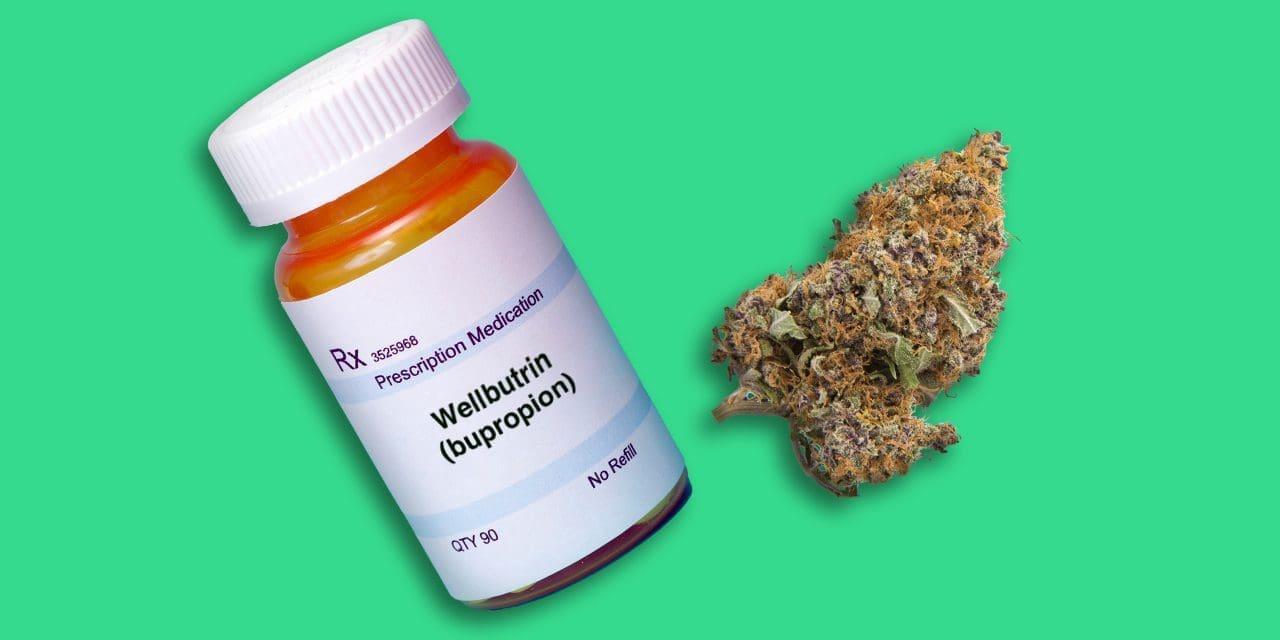Understanding the Relationship Between Wellbutrin and Marijuana

In today’s evolving landscape of mental health treatments and alternative therapies, the interaction between prescription medications and natural substances is a growing topic of concern. One pairing that often comes under discussion is wellbutrin and marijuana. As more people turn to both pharmaceutical solutions and cannabis-based products to manage conditions like depression and anxiety, it becomes increasingly important to understand how these two substances may interact. While some users report improved mood and reduced anxiety when combining Wellbutrin (bupropion) with marijuana, others experience adverse effects that raise serious concerns.
The Purpose and Effects of Wellbutrin
Wellbutrin is a commonly prescribed antidepressant, officially known as bupropion. Unlike SSRIs (Selective Serotonin Reuptake Inhibitors), Wellbutrin functions by influencing the levels of norepinephrine and dopamine in the brain. It is frequently used to treat major depressive disorder (MDD) and seasonal affective disorder (SAD), and in some cases, to help people quit smoking. The drug is favored by some patients because it typically causes fewer sexual side effects and may even contribute to weight loss. However, like any medication affecting brain chemistry, it comes with its own set of potential side effects, including insomnia, anxiety, agitation, and in rare cases, seizures.
Cannabis Use for Mental Health and Its Psychoactive Profile
Marijuana, on the other hand, is a plant-based substance used both recreationally and medicinally. It contains active compounds like THC (tetrahydrocannabinol) and CBD (cannabidiol), which can have varying effects on the mind and body. THC is psychoactive and is primarily responsible for the “high” associated with cannabis use, while CBD is non-psychoactive and often praised for its calming and anti-inflammatory properties. Many users turn to marijuana for relief from stress, anxiety, and even depressive symptoms. However, marijuana is not without risk—some users experience paranoia, cognitive dulling, or mood swings, especially with high-THC strains.
The Unpredictable Nature of Mixing Wellbutrin and Marijuana
Combining Wellbutrin and marijuana is not a straightforward equation. One of the most notable concerns is the increased risk of seizures. Wellbutrin itself carries a seizure risk, especially at higher doses or when combined with other substances that lower the seizure threshold. THC has also been shown to potentially affect neural excitability, which could theoretically contribute to a heightened seizure risk in sensitive individuals. As a result, those considering the use of both should be aware of the danger and consult their physician.
There is also the matter of mood instability. While both Wellbutrin and marijuana may individually promote positive mood changes for some users, their combination can lead to increased irritability, anxiety, or even episodes of mania in others. This is partly due to the unpredictable way in which cannabinoids interact with neurotransmitters that are already being influenced by bupropion.
Personal Experiences Vary: The Role of Individual Chemistry
One of the complicating factors in evaluating the interaction between Wellbutrin and marijuana is the wide range of individual responses. Some users report enhanced mood and better control over depressive symptoms when using both substances. These individuals may experience a synergistic effect that makes them feel more alert, creative, or balanced. However, others report exactly the opposite: heightened anxiety, paranoia, increased heart rate, or even emotional blunting.
Factors such as dosage, frequency of use, strain type (in the case of marijuana), and the presence of other medications can all influence outcomes. For example, a person using a low dose of CBD-dominant cannabis may react very differently than someone using a high-THC product while on Wellbutrin.
The Lack of Comprehensive Research Leaves Gaps in Understanding
Scientific research on the combination of Wellbutrin and marijuana is limited. Most clinical trials focus on the effects of one or the other in isolation. Because marijuana remains a Schedule I drug under federal law in the United States, comprehensive, controlled studies are scarce. This leaves much of the information on this combination in the realm of anecdotal evidence, patient self-reporting, and case studies.
Doctors may find it difficult to give clear advice because of this lack of data. While some may cautiously support the dual use under supervision, others may strongly advise against it due to potential neurological risks. This makes personal experimentation a risky proposition, particularly without medical oversight.
Harm Reduction and Safe Practices
If someone chooses to use both Wellbutrin and marijuana despite the risks, harm reduction should be the top priority. This includes starting with low doses, avoiding high-THC strains, monitoring mental and physical responses carefully, and keeping open communication with a healthcare provider. Avoiding other seizure-risk factors like alcohol or stimulants is also advisable. Additionally, understanding that marijuana affects every person differently—especially in the presence of other medications—can help users make more informed decisions.
Navigating Mental Health in a Modern World
In the quest for mental well-being, many individuals find themselves exploring both conventional and alternative therapies. While this openness can lead to improved outcomes and individualized care, it can also expose people to hidden dangers. The interaction between wellbutrin and marijuana is a prime example of a modern health issue that lacks definitive answers. Until more research is available, the best approach remains one of caution, curiosity, and close collaboration with medical professionals.
- Art
- Causes
- Crafts
- Dance
- Drinks
- Film
- Fitness
- Food
- Games
- Gardening
- Health
- Home
- Literature
- Music
- Networking
- Other
- Party
- Religion
- Shopping
- Sports
- Theater
- Wellness


